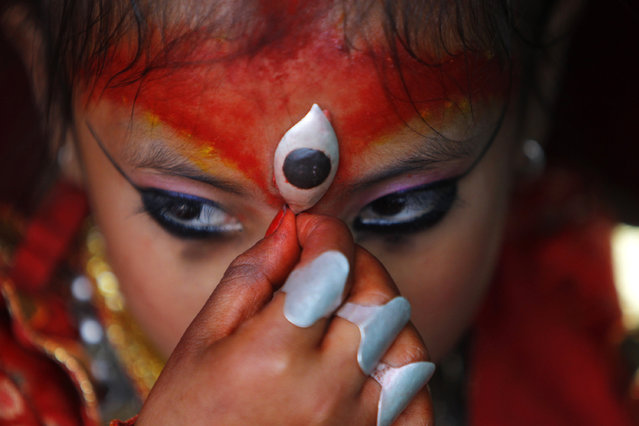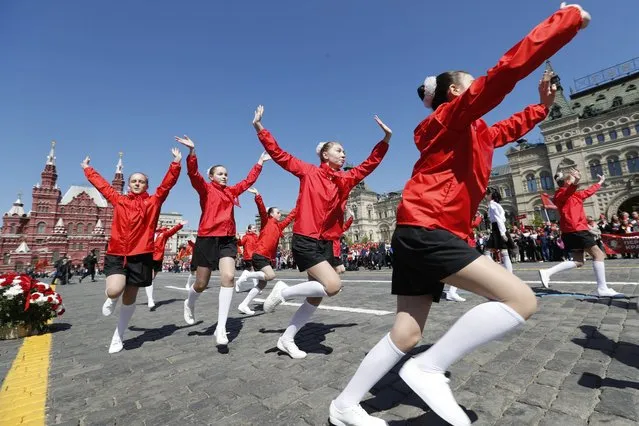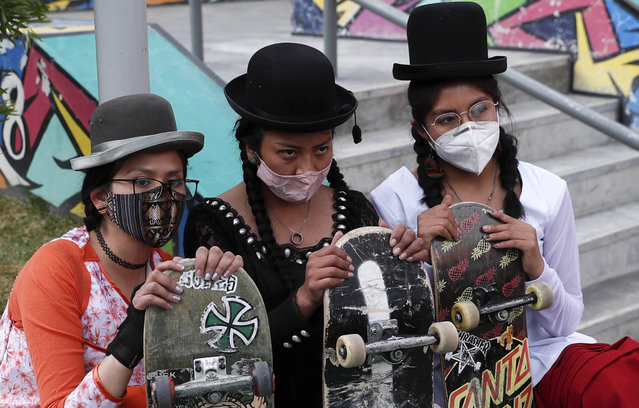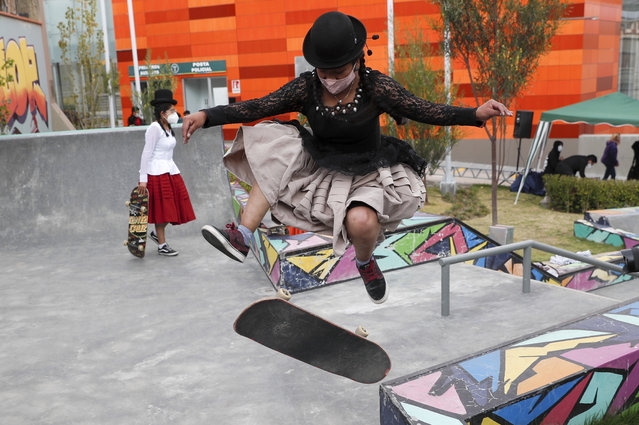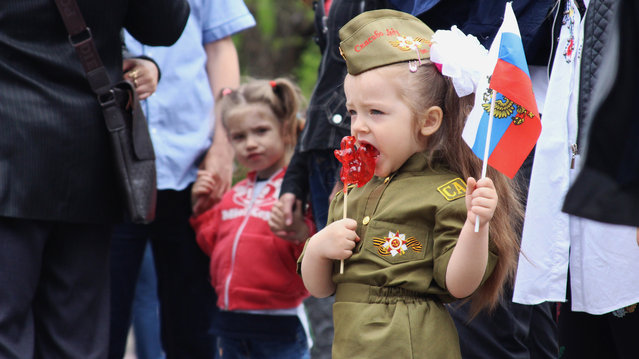
A model has her hair done backstage before a fashion show by Greek designer Mary Katrantzou during the Mercedes-Benz China Fashion Week in Beijing, China, 27 March 2016. The fashion week runs until 31 March. (Photo by How Hwee Young/EPA)
28 Mar 2016 10:46:00,post received
0 comments

